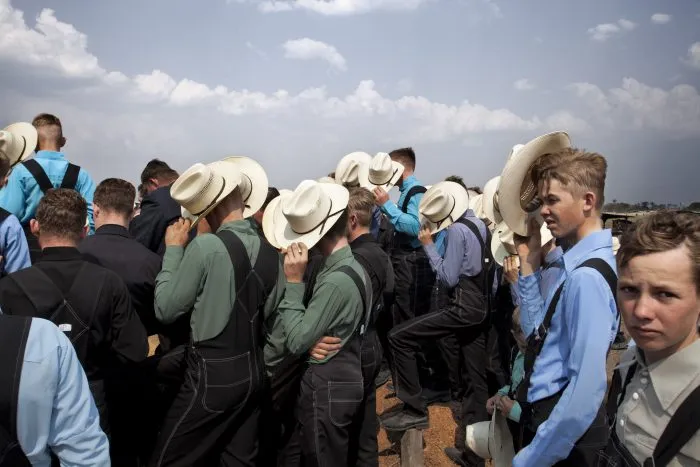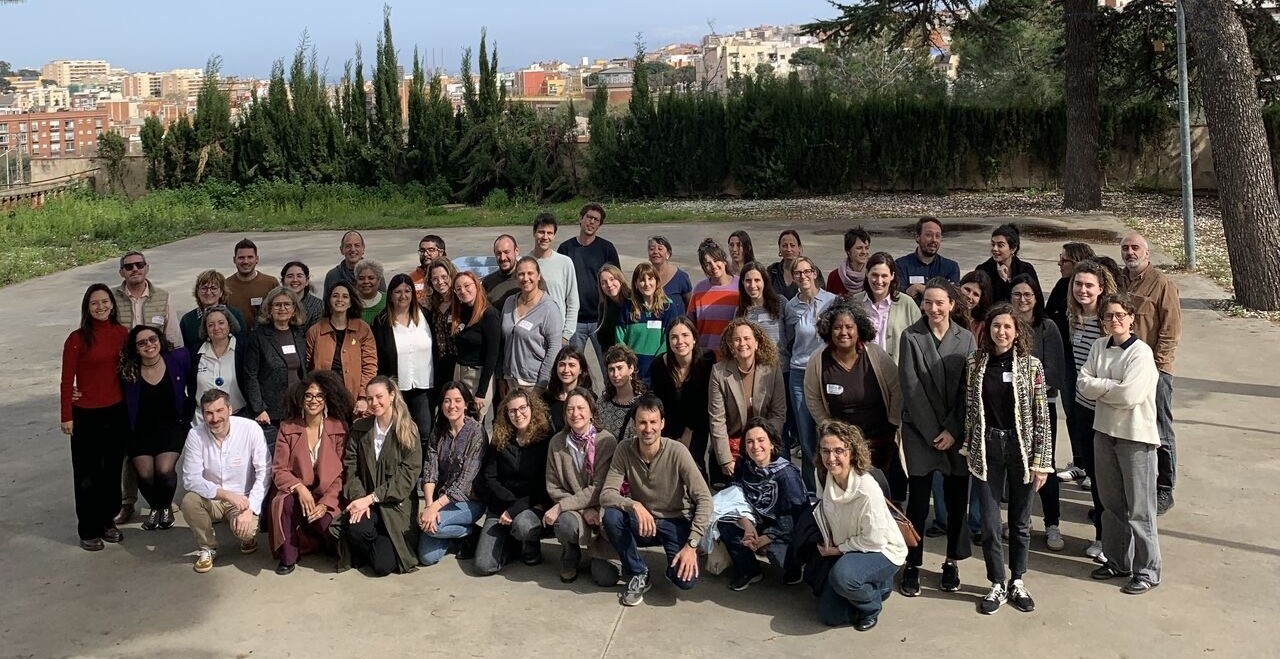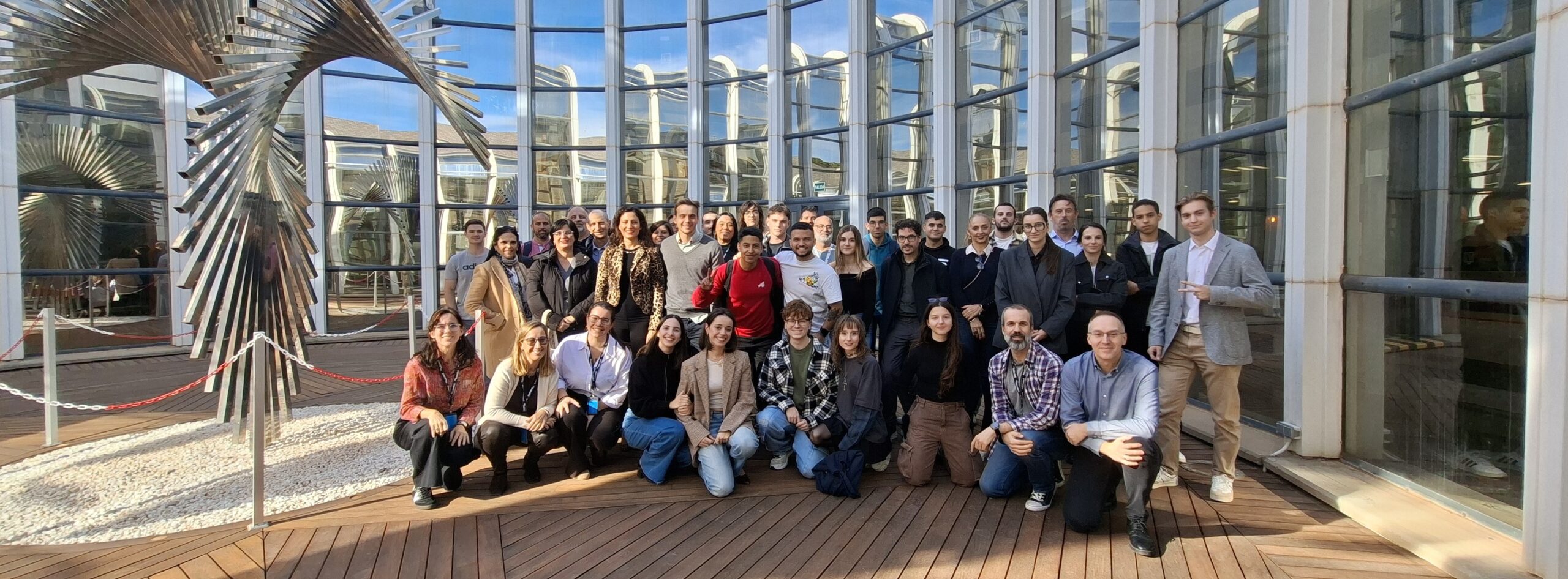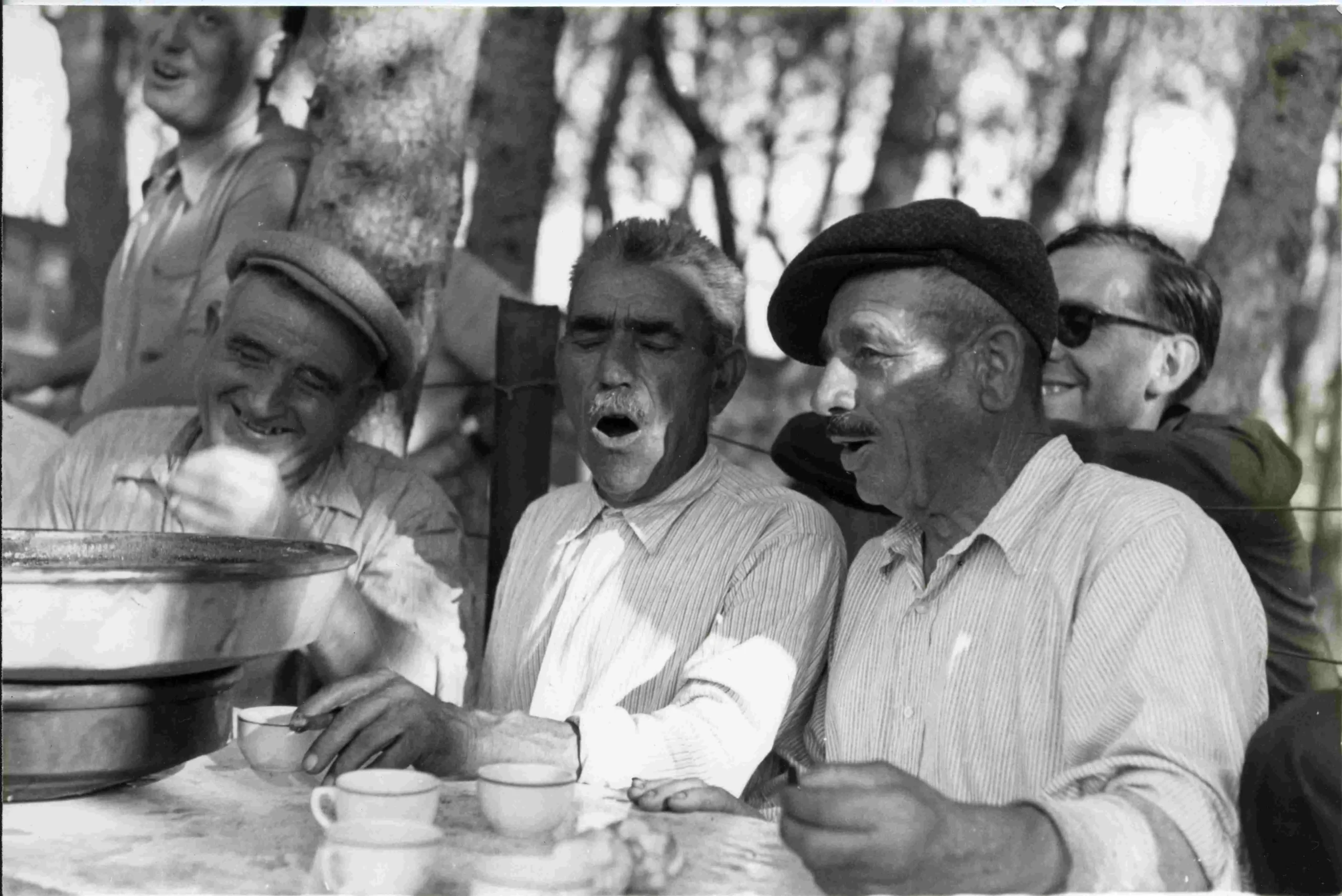The 19th Xavier Miserachs Biennial of Photography has 14 public and private spaces in Palafrugell (Girona) which will play host to different exhibitions until 9 October in order to promote and share documentary photography or photo-journalism. During these weeks, you can discover and get to know the work of significant photographers in our country, their little-known work or work that has never been shown before, and you can get to know more about the vision of both photographers with a long professional history and younger photographers.
More about the exhibitions
A total of 14 exhibitions will be opened to the public, such as:
-‘Fotografías (1960-2008)’ by Rafael Sanz Lobato at the Museo del Suro in Palafrugell, belongs to the generation of post-war photographers who, from the age of 50, began creating a truly exceptional collection of photographs. For this reason, this exhibition shows various series of photographs that constitute one of the best examples of documentary realism, with a high level of intensity and sensitivity.
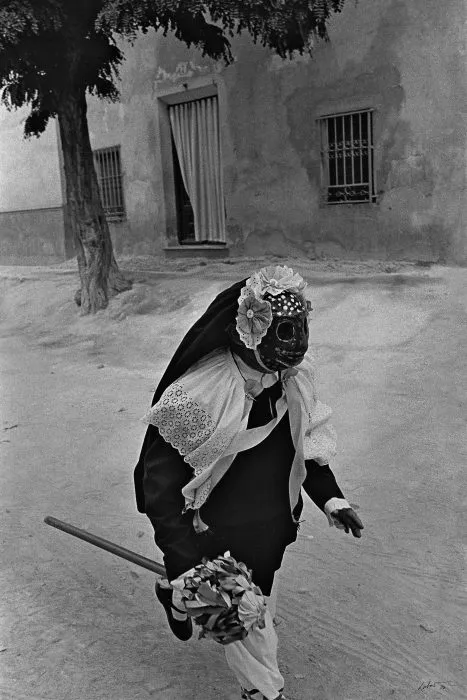
-‘Disparando con el corazón’ by Joana Biarnés in La Galería, where you can see the work of the first female photo-journalist in Spain, a selection of photographs representative of the different fields in which she worked with tenacity and perseverance, with honesty and also spirit, creating a special proximity and interaction with the photographed subjects.
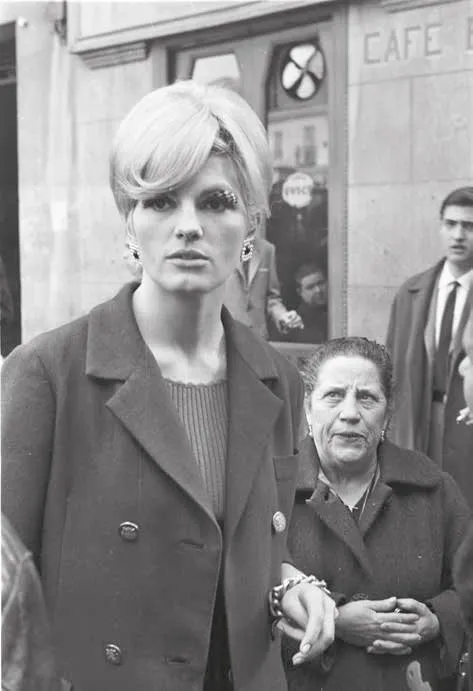
-‘Forced’ by Pep Bonet in Bòbila Vella, where you can see the story of child exploitation in Bangladesh, a country in which nearly five million children between the ages of five and fifteen work in factories, markets or train stations and are the victim of sexual abuse in brothels, living in conditions that are a clear violation of human rights.
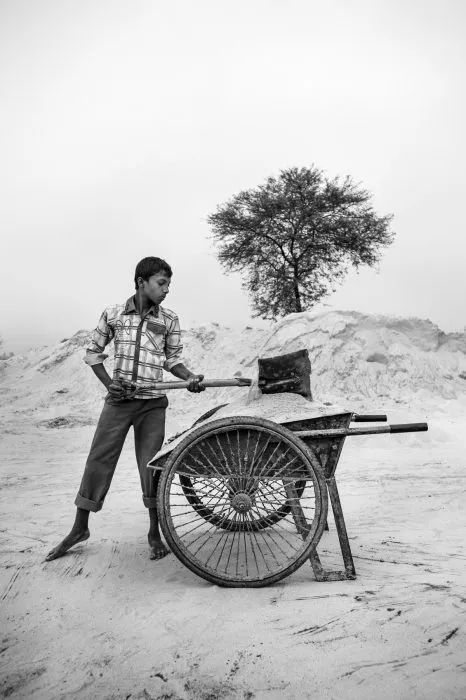
-‘El cáncer, una historia de familia’ by Nancy Borowick in Bòbila Vella; a highly personal exhibition focused on life and love before death. It plays homage to the parents of the photograph, both terminal cancer patients, which heightens their strength and love as a couple and as parents during the last months of their lives.
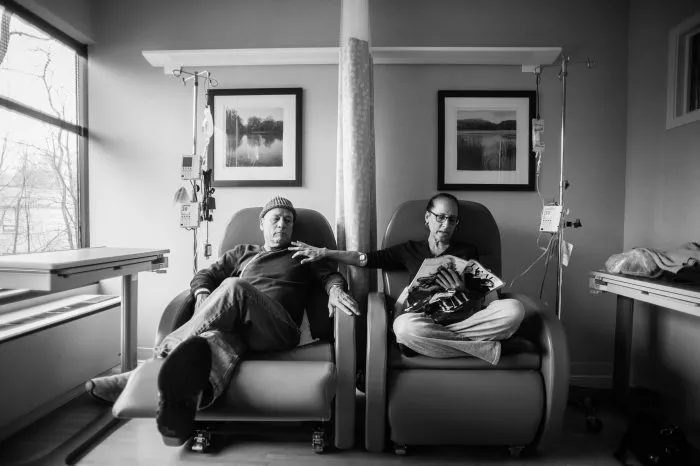
-‘El camino de los despojados’ by Àngel García in Bòbila Vella, describes the ups and downs of the first waves of Syrian refugees fleeing from the horrors of war in their country with the hope of starting a new life in Europe.
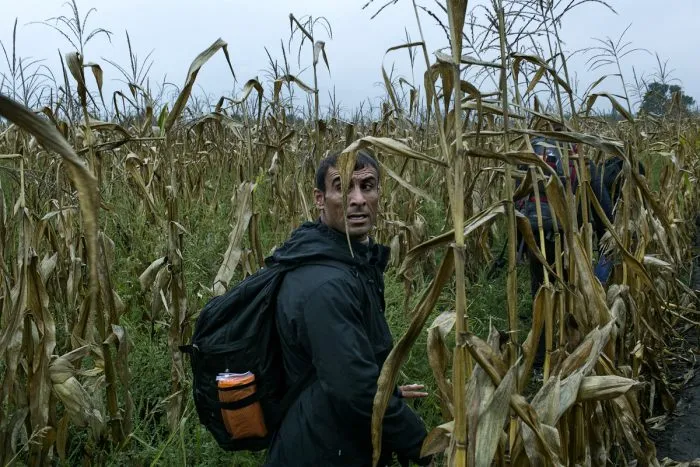
-‘Placeres ocupados’ by Tanya Habjouqa in Bòbila Vella, shows us photographs that reflect the situation of over four million people working under extremely complex political and economic conditions and with limited freedom of movement in Gaza, West Bank and Eastern Jerusalem.
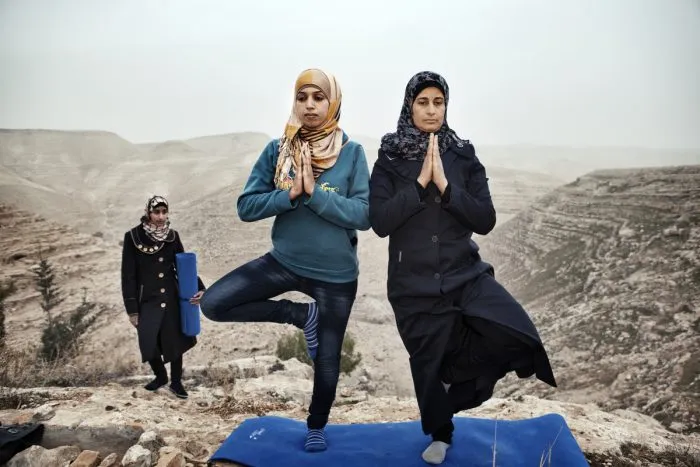
-‘El coste humano de los agrotóxicos’ by Pablo E. Piovano in Bòbila Vella, where you can see this report which aims to show and reject the agrarian policy that has allowed the cultivation of GM foods with the implicit use of products that have very serious consequences for persons who involuntarily come into contact with them.
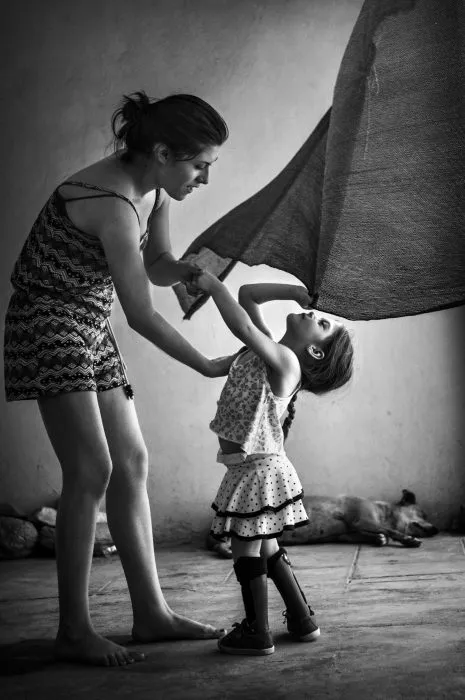
-‘Menonos’ by Jordi Ruiz Cirera in Bòvila Vella, which shows the life and internal conflicts of Mennonite communities in Bolivia and their profound isolation from the society that surrounds them. Mennonites are Anabaptist Christians who arrived in this country during the fifties from Canada, Mexico and Belize hoping to maintain their lifestyle.
